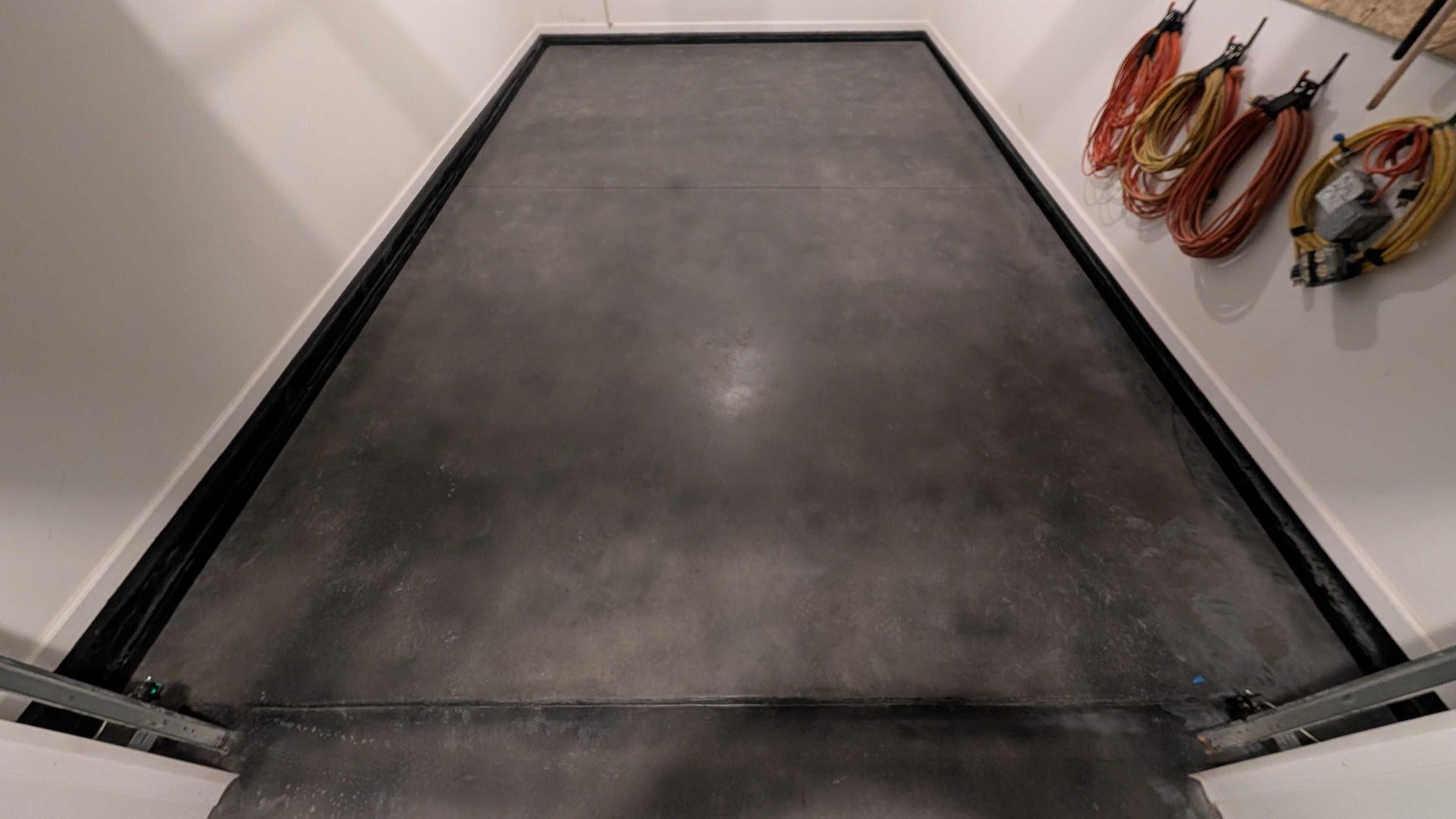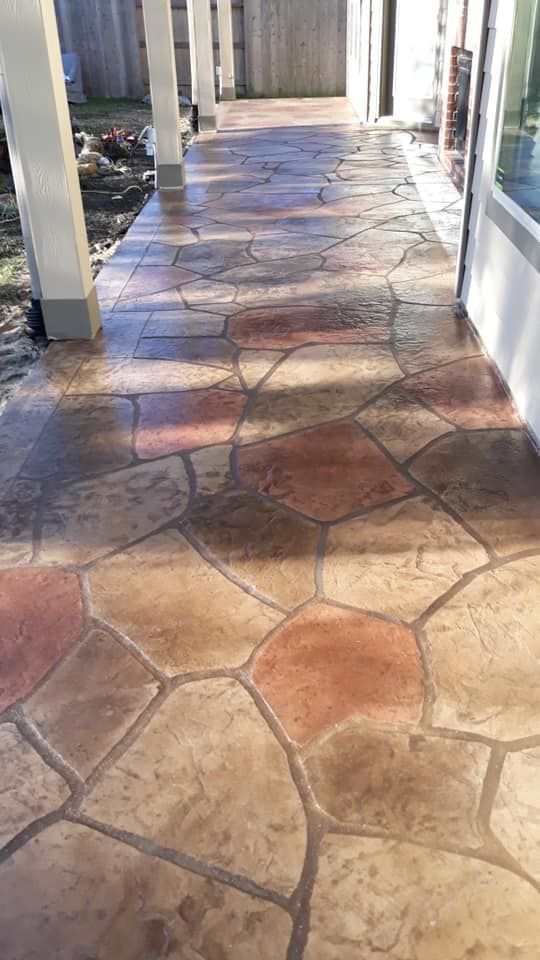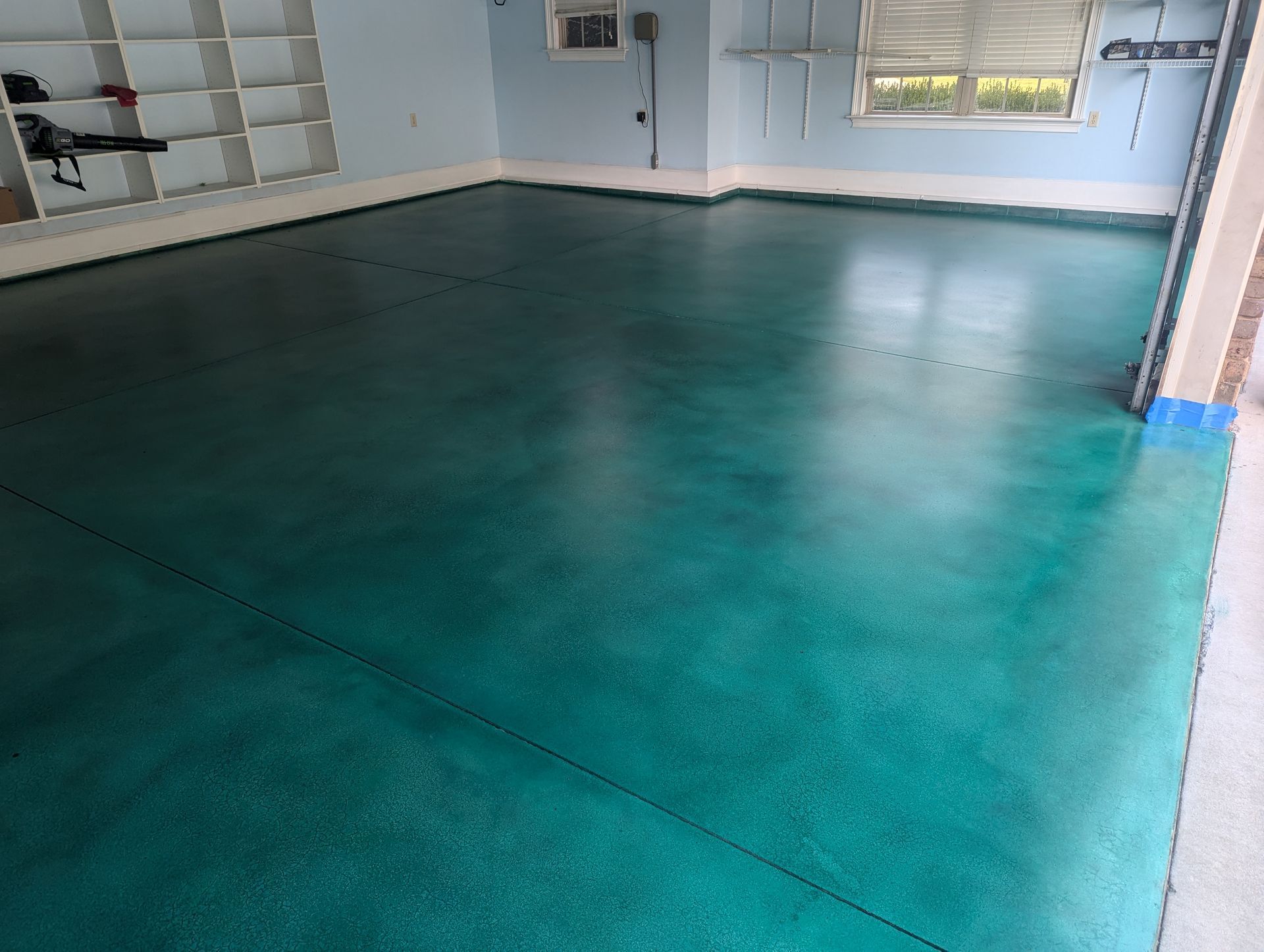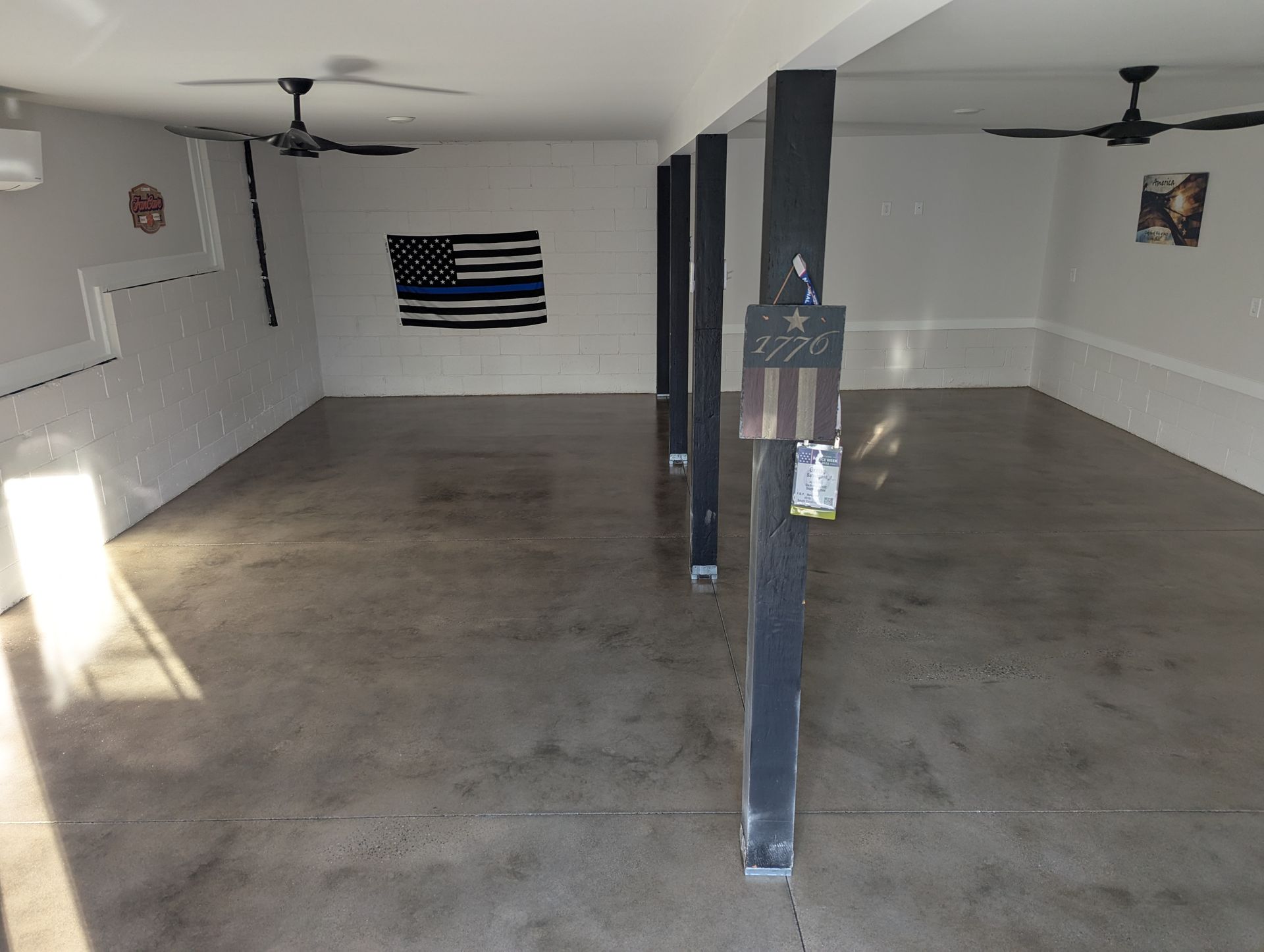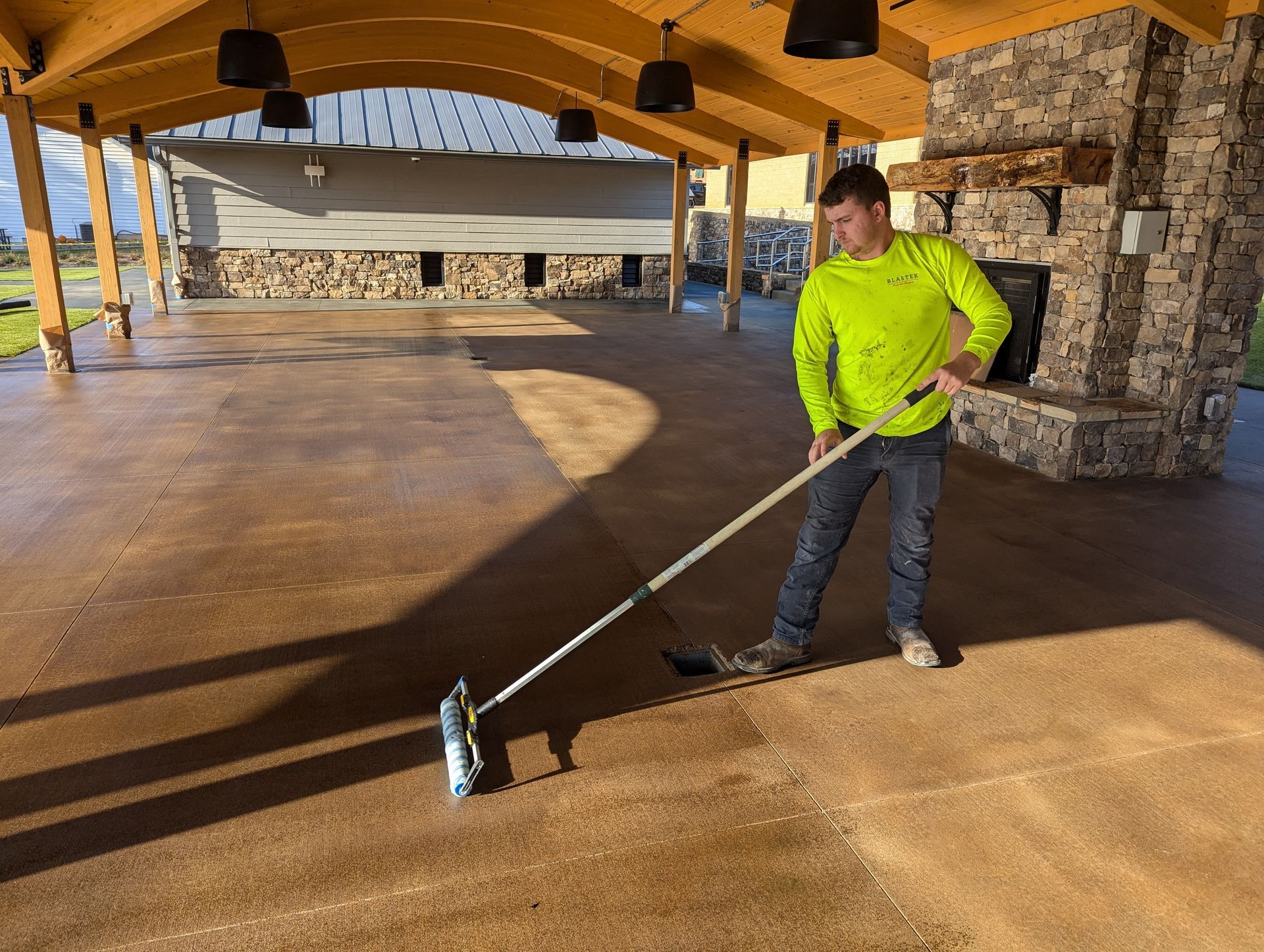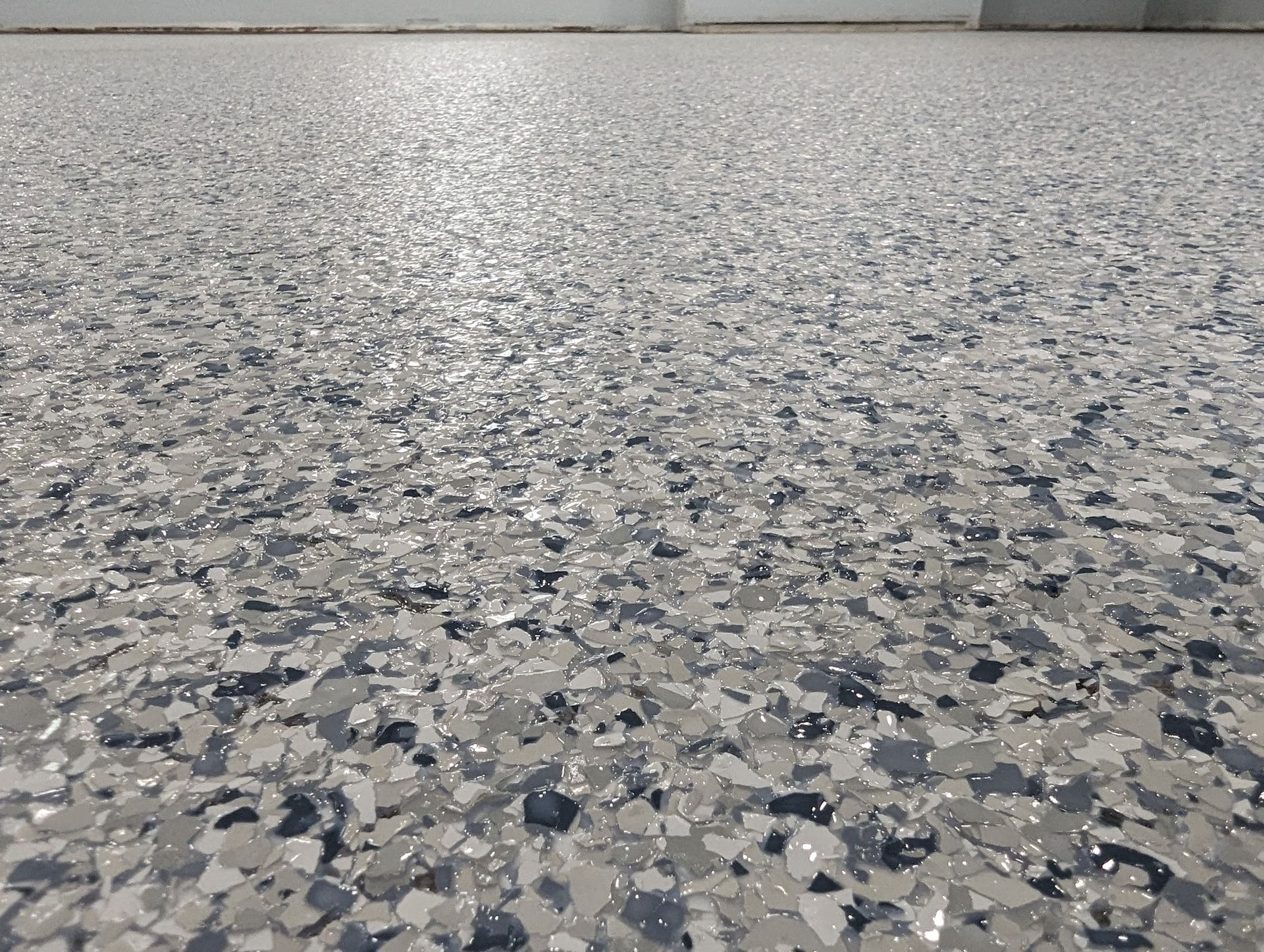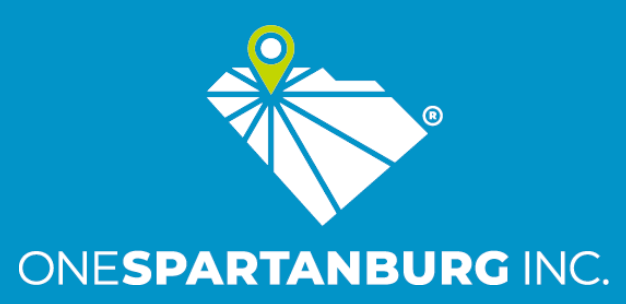Epoxy Flooring: When to Use Triple or Double Broadcast
Not sure if you need a double or triple broadcast epoxy floor? You're not alone. The right choice depends on how much traffic, weight, and impact your floor will handle. If you run a commercial kitchen, a warehouse, or a workshop, picking the right system can extend your floor’s lifespan, reduce maintenance, and prevent costly repairs.
In this guide, we’ll break down the differences so you know exactly which one is right for your space.
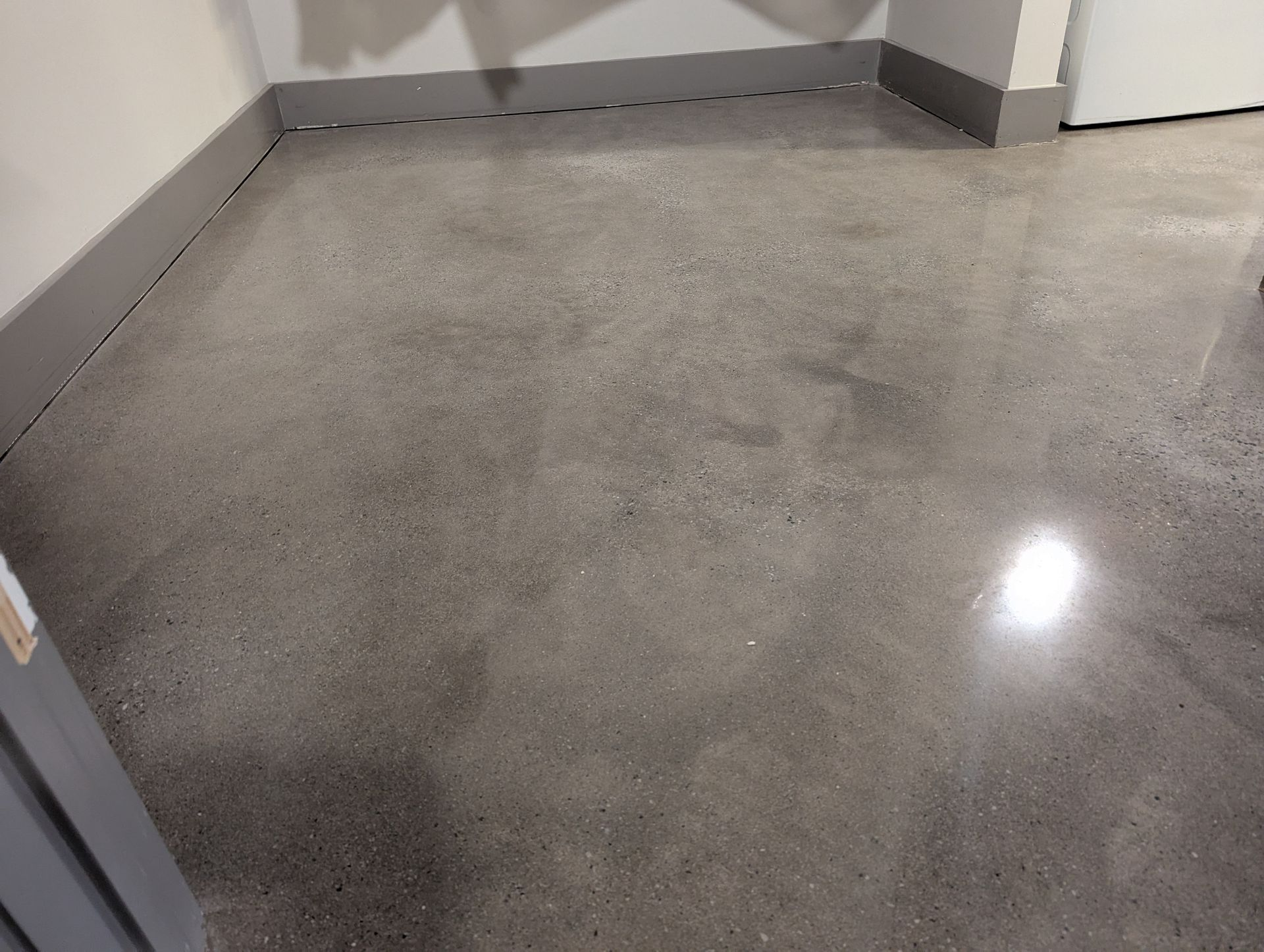
What Is an Epoxy Broadcast System?
An epoxy broadcast system is a high-performance flooring solution made by embedding sand or small pieces of quartz between layers of epoxy. Epoxy is a durable, chemical-resistant coating that protects floors. Adding sand or quartz makes the floor thicker, stronger, and safer to walk on.
There are two types:
- Double Broadcast: You spread two layers of epoxy, each with sand or quartz in between. This makes the floor thicker and able to handle moderate use.
- Triple Broadcast: You spread three layers of epoxy, each with sand or quartz. The extra layer increases durability and impact resistance, making it ideal for industrial and high-traffic settings.
More layers mean your floor becomes thicker and lasts longer. This helps your floor stay strong and safe, even with heavy daily use.
When to Use a Double Broadcast System
A double broadcast epoxy floor is good for floors that get regular use but don't have heavy equipment on them all the time. It has two layers of epoxy, with sand or quartz added between each layer to make it stronger.
This flooring is ideal for:
- Restaurants and retail stores, because it holds up under everyday foot traffic and occasional spills.
- Car garages, because it protects the floor from oil, grease, and chemical spills.
- Storage rooms, because shelves and light machinery won't damage it.
- Schools and offices, because it handles daily wear from people walking, furniture, and rolling office chairs.
Here’s why you might choose double broadcast:
- It’s cheaper than a triple broadcast system.
- It still gives you strong protection for many years.
- It helps stop people from slipping, even if the floor is wet or oily.
However, a double broadcast floor isn’t right for every space. It’s not thick enough to handle heavy machinery or extreme wear. In factories, warehouses, or industrial settings with constant forklift traffic or dropping tools, a double broadcast floor may wear out faster or require repairs sooner.
When to Use a Triple Broadcast System
A triple broadcast epoxy floor is used in busy areas with lots of heavy equipment or traffic. It has three layers of epoxy, with sand or small stones added between each coat.
This type of flooring works best in:
- Factories, because they have heavy machines that vibrate, move, and drop materials.
- Warehouses, where forklifts and pallet jacks are used all day.
- Food processing plants, because it provides enhanced slip resistance in wet areas.
- Auto shops, where cars, heavy tools, and equipment regularly roll across the floor.
Benefits of triple broadcast floors:
- They're thicker and stronger, making them last longer.
- They protect better against heavy impacts or constant use.
- They offer extra grip to prevent slipping, keeping workers safe.
Potential drawbacks:
- Higher cost due to more materials and labor.
- Longer installation time because of the extra layers.
If your workplace handles heavy loads, uses forklifts, or operates in extreme conditions, a triple broadcast epoxy floor is the better investment.
Comparing Double vs. Triple Broadcast
| Feature | Double Broadcast | Triple Broadcast |
|---|---|---|
| Layers | 2 layers epoxy + sand/quartz | 3 layers epoxy + sand/quartz |
| Thickness | About 1/8 inch (thinner) | About 3/16 inch (thicker) |
| Strength | Strong | Extra strong |
| Best for | Regular or moderate use | Very heavy use & machinery |
| Slip resistance | Good | Excellent |
| Cost | Less expensive | More expensive |
| Installation time | Faster | Takes longer |
If your floor handles regular use, a double broadcast system works fine. But if your area deals with heavy machinery or nonstop traffic, choose a triple broadcast system.
Other Factors to Consider
If you're stuck choosing between double or triple broadcast flooring,
Ask yourself these quick questions first:
- What will be moving on the floor?
If you have heavy things like forklifts, big machines, or heavy equipment rolling around, you'll probably need a triple broadcast floor. - Does the floor need extra slip protection?
Triple broadcast floors handle spills and wet areas better. If your space gets wet or messy often, triple broadcast is safer. - How much can you spend?
If you're working with a tight budget, double broadcast is cheaper but still strong enough for most areas.
Thinking about these questions makes it easier to pick a floor that's just right—not too thin, not too expensive, and safe enough for everyone.
Maintenance and Lifespan
Double and triple-broadcast epoxy floors don't need much care. Regular cleaning helps them last longer.
Here's what to do:
- Sweep every day to remove dirt.
- Mop spills with mild soap to keep the floor clean.
- Apply a new topcoat every few years if needed.
Triple broadcast floors usually last longer because they’re thicker. Double broadcast floors are strong too, but might wear out sooner in areas with heavy use.
Should You Hire a Professional?
Installing epoxy floors requires precise application and curing. A professional ensures:
- Even coverage to prevent bubbles, peeling, or weak spots.
- Proper adhesion to the concrete surface for a long-lasting bond.
- Accurate mixing and application of epoxy and quartz for maximum durability.
While DIY epoxy kits exist, errors like uneven layers, improper curing, or weak adhesion can lead to costly repairs. Hiring an expert saves time, prevents mistakes, and ensures a flawless finish.
Frequently Asked Questions
What is a double broadcast epoxy floor?
A double broadcast epoxy floor has two epoxy layers. Each layer has sand or small quartz pieces sprinkled on top. A final clear coat goes on top to seal it.
Can you put two layers of epoxy?
Yes, you can add extra layers of epoxy to make the floor thicker or to create special effects or patterns.
How many years does epoxy flooring last?
In homes, epoxy floors usually last 10 to 20 years.
When should you avoid epoxy flooring?
Don't use epoxy floors on very new concrete, floors that stay wet underneath, or floors in very hot or cold areas.
How long does epoxy flooring take to fully dry?
Epoxy flooring usually dries completely within 1 to 3 days. After about 3 days, you can safely walk on it.
What can damage epoxy flooring?
Sharp tools, heavy furniture, or metal objects can scratch or damage epoxy floors.
Choosing the Right Epoxy Flooring
The right epoxy floor depends on your space’s traffic, weight, and impact needs. Double broadcast works for moderate use, while triple broadcast handles heavy-duty environments.
At Blastek Concrete Designs in Spartanburg, SC, we provide expert epoxy flooring, staining, and polishing for durable, long-lasting surfaces. Contact us today for a free quote!


